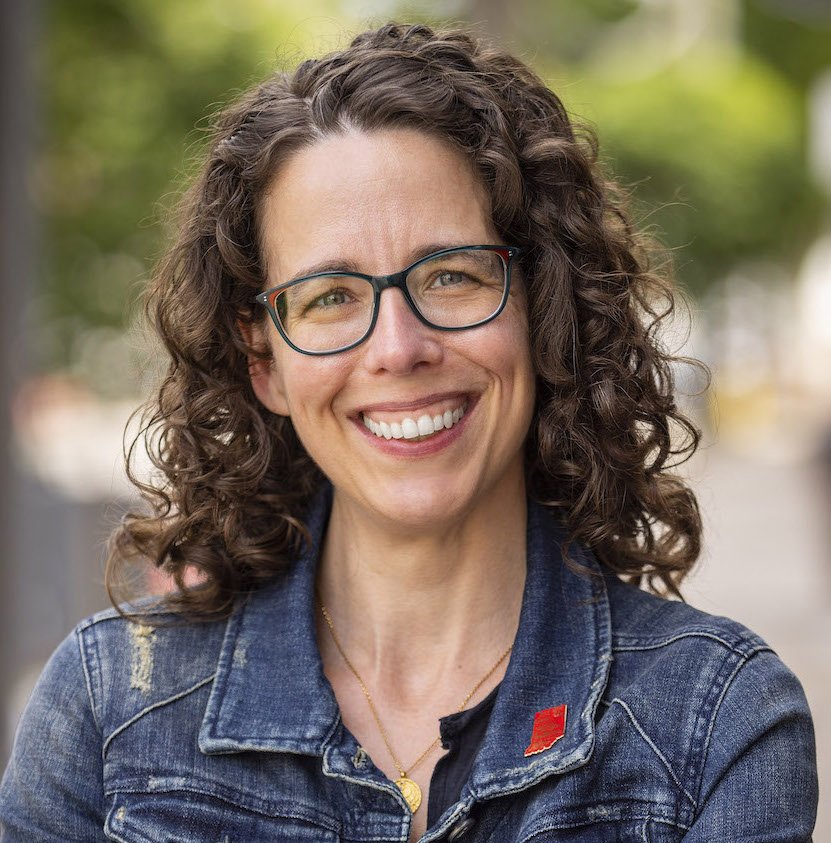我在图书出版行业报告,帮助作者了解业务。
我一直从事图书出版自1990年代开始,但我的观点是不从1990年代。在快速变化的行业,作家需要诚实和公正的指导为职业生涯做出最好的决定。我希望给你一个信号在噪音。

对有创造力的人
我免费通迅、电动速度,专注于数字媒体资源,有创造力的人。这是自2009年以来,超过25000人订阅。
专业的作家
我的简报,热表(est。2015),为作者提供了出版业的见解。它在2020年被授予今年媒体数字图书的世界。
所有的作家
每个月,我提供负担得起的在线授课专家讲师的工艺和商业写作。beplay全站App-首页
最新文章

